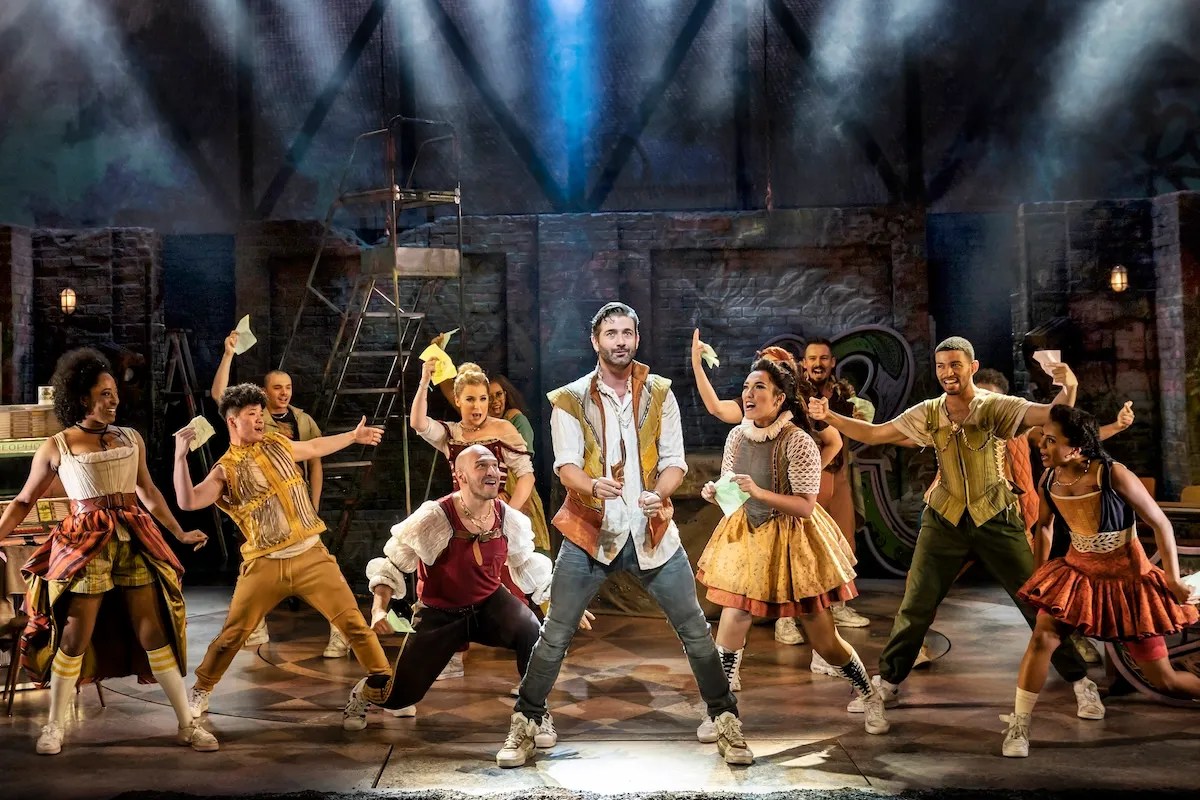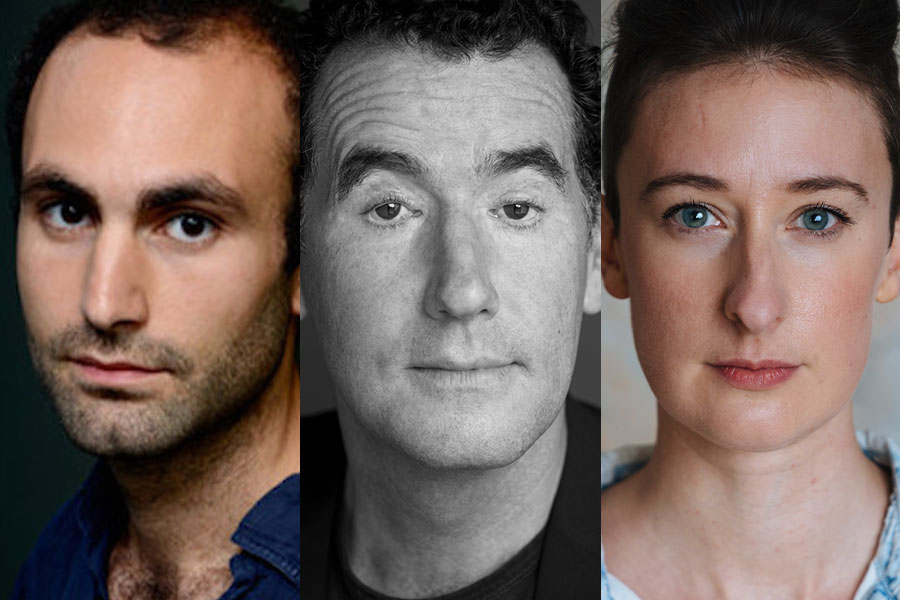‘Tis a Pity She’s a Whore (Keswick)

© Keith Pattison
Shakespeare’s Titus Andronicus notoriously features two children baked in a pie. There is stronger meat in John Ford’s early Caroline tragedy ‘Tis Pity She’s A Whore, whose last scene includes a human heart brought onstage on a dagger. The heart belongs to Annabella, the ‘whore’ of the title, who has just been murdered by her brother, Giovanni, with whom she has had an incestuous relationship.
The play opens with a friar, Giovanni’s confessor, attempting to persuade him out of his passion. But the tragic plot begins to wind up when, as a cover for her relationship with her brother, and the pregnancy which results, Annabella marries one of her many suitors, Soranzo. But this is a revenge tragedy, and to marry Annabella, Soranzo has to spurn a previous lover, Hippolita. She plots revenge by suborning Soranzo’s servant Vasquez into poisoning him; however, Vasquez poisons her instead, and once Annabella’s pregnancy becomes obvious, tricks her servant Putana into revealing the father, after which he has her eyes put out. Giovanni, knowing he and Annabella are lost, kills his sister, and then confronts Soranzo, who he also kills.
Director Ian Forrest cuts the play down to a trim two and a bit hours, and the result is an intense trip into violence and double-dealing, sustained by some excellent performances. Ben Ingles is tight-lipped and chilling as Soranzo and, when he finally turns on Annabella, terrifyingly adept at violence. Sophie Melville’s Annabella is touching and convincing, completely lost in the honour-obsessed male world in which she lives.
This is a play where all the female characters are victims, long before the climactic confrontation before the two alpha males Soranzo and Giovanni. Heather Saunders as the wild-eyed and wronged Hippolita provides the play’s first hint of the violence to come. Gareth Cassiday’s Vasques connects with the audience to provide a slippery and treacherous guide into the mayhem.
Richard Earl thoroughly inhabits both the pleading Friar and his antitype the Machiavellian Papal legate. Janine Birkett’s warm-hearted Putana is an early sacrificial victim.
Benjamin Askew as Giovanni is perhaps a little too antsy in places, but his scenes with Annabella are intimate and tender. This is all the more impressive because he kills her in their final scene together.
The play gives us a world of extremes, but this chamber production focuses on the level of character rather than the wider society of the full play, and the result is a claustrophobic and gripping journey into all the wrong kinds of desire.
– Stephen Longstaffe










